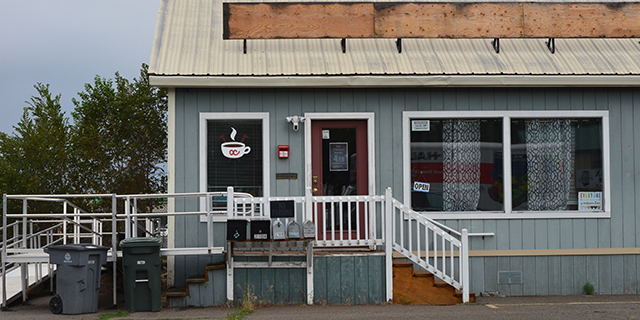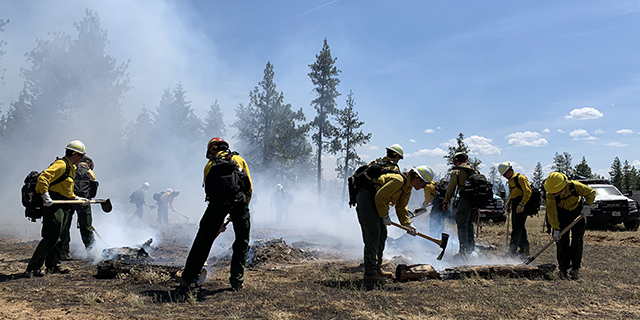ANTELOPE MAKE RARE VISIT TO GRANDE RONDE VALLEY
Published 12:00 am Friday, April 5, 2002
By Dick Mason
Observer Staff Writer
North Americas fastest animal is slowing traffic in the Grande Ronde Valley.
A herd of about 50 pronghorn antelope has been in or near the Grande Ronde Valley since mid-December. Curious drivers often slow or stop to get a better look at the herd.
Pronghorns are not exotic, but the sight of them in the valley is almost like seeing snow in July.
There are 75-100 pronghorns in the North Powder, Thief Valley and Telocaset area but until recently it has been unusual for them to come north.
They are unique to the valley. People are not used to seeing them, Oregon Department of Fish and Wildlife biologist Leonard Erickson said.
A smaller pronghorn herd also appeared in the Grande Ronde Valley in the winter of 2000-01. Until the past two winters the appearance of pronghorns in the Grande Ronde Valley has been rare. A handful were occasionally spotted in the early spring but almost none were reported in the winter, said Erickson, who came to Union County in the late 1970s.
Why have pronghorns, who can reach speeds of up to 60 miles per hour, come to the Grande Ronde Valley the past two winters?
The answer is not known.
The severity of winter weather is apparently not a factor in temporarily driving pronghorns north. Erickson noted that the winter of 2000-01 was much milder than this past winter.
The pronghorns that came this year have spent considerable time in an area north of Union and east of Catherine Creek. The pronghorns have been spotted at least as far north as Gekeler Lane and the Union County Airport. The pronghorn herd has damaged the fields and winter wheat of some farmers. The ODFW attempted to move the herd out of the valley through hazing. The herd was split up and 19 pronghorns were moved south during this process.
Pronghorns do not cause as much damage to fields as elk because they weigh less and have smaller feet, Erickson said.
Still the ODFW wants to discourage the pronghorns from making a habit of coming here.
We dont want them in the valley because they conflict with farmers crops, Erickson said.
The last reported sighting of pronghorns in the valley was late last week. It is possible that the animals already have moved back to their southern Union County home range, Erickson said.
The biologist saw just two pronghorns Thursday morning during an aerial survey of the valley conducted to count elk.
The North Powder-Telocaset-Thief Valley area is better suited for pronghorns because it has more open areas.
Pronghorns dont like cover. They rely on sight and speed to deal with danger. They are creatures of open spaces, Erickson said.





